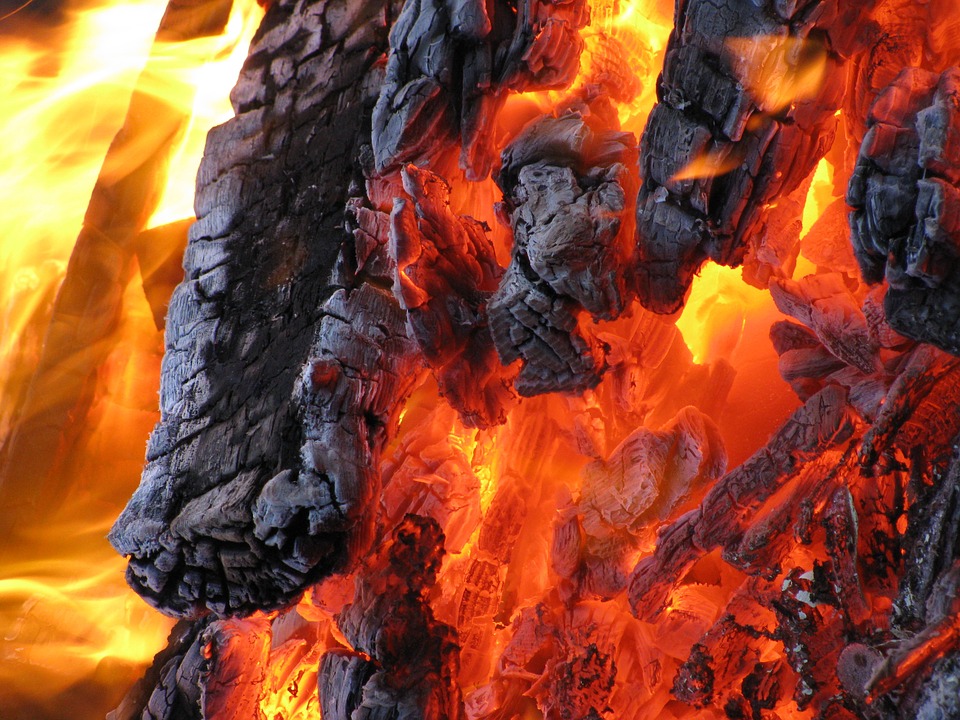Fire resistance period
What is the fire resistance period of members and structures?

The fire resistance period indicates how long a member or supporting structure can withstand the ISO standard fire curve. In Germany, the sample list of technical building regulations also contains the national fire protection standard (DIN 4102-4 and 4102-22). How long will this standard exist alongside European standardization? That is unclear. In any case, the terms after 4102 are still in circulation, e.g. the designation of fire resistance classes. F30, F60 and F90? The "F" comes from the "old" standard.
Today, European standardization applies. It defines a leading "R" like "Resistance" as a designation for the fire resistance classes. So the former F30 is R30, F60 is now R60 - you get the point.😉
How is the fire resistance period related to the fire resistance class?
Very simple: if a member fails after e.g. 64 minutes, classify it as R60. It withstands exposure to fire for at least 60 minutes. The number after the fire resistance class is the minimum time in which the member must be load-bearing. Does the member even last 92 minutes? Even better - now you can classify it as an R90. If it had failed at 89 minutes, that would be bitter - because then R60 would still apply.
Why can't I find any information on the fire resistance classes in the German state building regulations?
The fire resistance class is somewhat hidden in the state building regulations. For example, "highly fire-retardant" corresponds to fire resistance class R60. The other terms can be found in the table below:
| Term in building codes | Corresponds to fire resistance class... |
|---|---|
| Fire retardant | R30 |
| High fire retardant | R60 |
| Fire resistant | R90 |
| Highly fire resistant | R120 |
| Very highly fire resistant | R180 |
Why is fire resistance time related to the ISO standard fire curve?
There are good reasons that the fire resistance period is based on a uniform fire curve. This guarantees that a classified member always performs the same. Let's imagine that we would rather use a natural fire as a basis, a so-called natural fire. So we mentally reject the ISO standard fire curve.
Every natural fire is different - fire load and oxygen availability greatly affect how intense it is. We now relate the fire resistance class to this natural fire. Do you see the problem? Any time you want to classify a member, you would need to know whether the natural fire was intense or not. This is rather cumbersome. And that's exactly why there is the ISO standard fire curve.
Why is fire resistance period important?
The fire resistance period plays an important role in structural fire safety. It helps to achieve the most important goal in fire protection: saving the lives of people and animals.
What is required for this depends on the building. Because every building is different. You can usually save yourself from your burning family home if smoke detectors alert you in good time. But how is it when you work in a high-rise building? If there's a fire there, you'll need significantly more time to get out. And if you don't succeed, the fire brigade needs enough time to rescue you.
These (and other) thoughts are in the fire resistance class. The structure of a high-rise building usually withstands a fire between 60 and 120 minutes (i.e.: R60, R90 or R120). Your detached house, on the other hand, usually has no fire protection requirements.
How is the fire resistance achieved?
The engineer will usually try to comply with the rules from the Eurocodes. The fire safety parts of the Eurocodes specify, for example, the minimum dimensions of the cross-section of a reinforced concrete column. And how much reinforcement is required to achieve a given fire rating. This procedure is part of the constructive fire protection and is part of the structural fire safety.